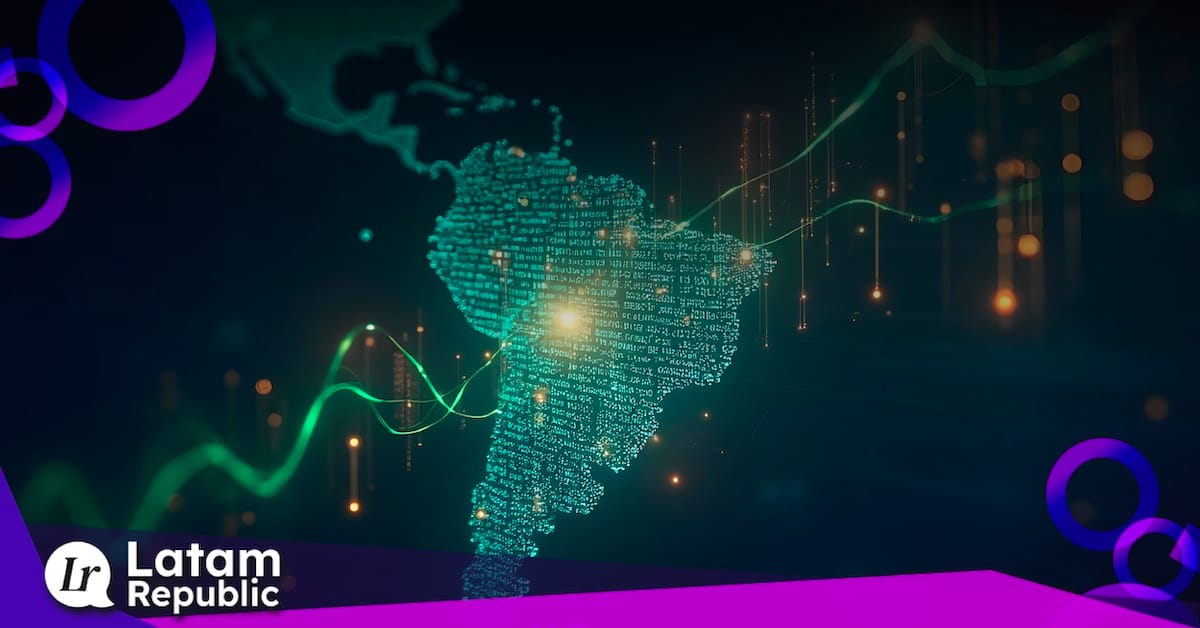Latin America leads global fintech wave with AI and sustainable growth
Latin America defies global trends with an 86% fintech VC surge in 2024, embracing AI, scalability, and sustainable growth across key financial sectors.

LATAM’s Fintech ecosystem is defying global trends. While global fintech investment fell by 13% in 2024, Latin America recorded an 86% surge in venture capital, making it the region’s third-best year historically, only behind the boom years of 2021 and 2022. With over 2,200 fintech startups operating across the region, LATAM is transitioning from a “growth-at-all-costs” mentality to a model focused on profitability and scalability.
This shift is highlighted in the latest report by Boston Consulting Group (BCG) and QED Investors, according to the report:
- Latin American fintechs grew 37% in year-over-year revenue, significantly outperforming their U.S. counterparts, which posted 22%.
- Globally, fintech revenues rose by 21%, reaching US$378 billion in 2024, more than triple the growth seen in traditional financial institutions.
A regional shift toward sustainable, scalable growth

The most dynamic segments in the region include merchant acquiring and vertical SaaS, digital banks, cryptocurrency platforms, and Buy Now, Pay Later (BNPL) models. These verticals are now exhibiting profitable, scalable growth. The average EBITDA margin for publicly traded fintechs globally rose from 12% in 2023 to 16% in 2024, reflecting this evolution.
Latin America’s fintech scene is no longer focused solely on rapid expansion but is now building a foundation for long-term sustainability. As capital becomes more selective, founders are prioritizing unit economics and regulatory compliance, aligning innovation with tangible financial returns.
AI and on-chain finance: the next frontier

Artificial intelligence is becoming a foundational technology for fintechs, on par with the advent of the internet or mobile phones. AI agents are already transforming product development and time-to-market, while generative AI tools enable founders to build minimum viable products (MVPs) in record time.
In parallel, on-chain finance is finding real-world applications. Stablecoins are gaining traction as global value instruments, and asset tokenization, from real estate to bonds and private credit, is opening up new markets. Regulatory clarity is also advancing: the UK’s approach to BNPL regulation and its progressive stance on Open Banking are being held up as examples of how to balance innovation with consumer protection.
The opportunity ahead: five key trends

Despite significant progress, fintech penetration remains relatively low across many markets. Today, fintechs capture only 3% of global banking and insurance revenues. Moreover, 61% of global fintech revenue is concentrated among the largest players, those earning over US$500 million annually. The global map of fintech resembles Swiss cheese: impressive breakthroughs amid wide open gaps.
According to BCG, five major trends will define the industry’s next phase:
- AI as a core driver of productivity and personalized services.
- Increased adoption of on-chain finance, backed by greater regulatory clarity.
- Digital banks reaching profitability, with a shift toward product depth over geographical expansion.
- A US$280 billion fintech lending opportunity, powered by private credit.
- Growth driven by emerging fintechs, especially in B2B, infrastructure, and lending segments.
“Despite global volatility, Latin America is leading a new wave of financial transformation. The region not only attracts capital but also delivers profitable growth and real innovation. The fintech spring is here,” said Gonzalo Troncoso, Managing Director & Partner at BCG.
As Latin America embraces this new chapter, its fintech ecosystem is proving to be not just a regional force, but a key player in reshaping the global financial landscape.




